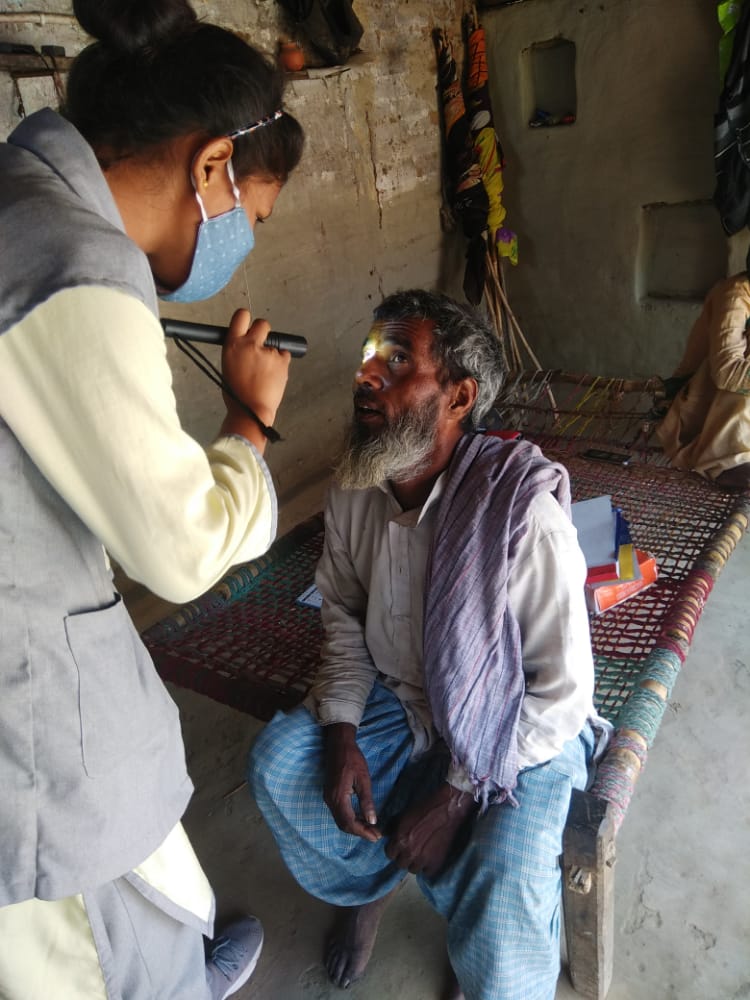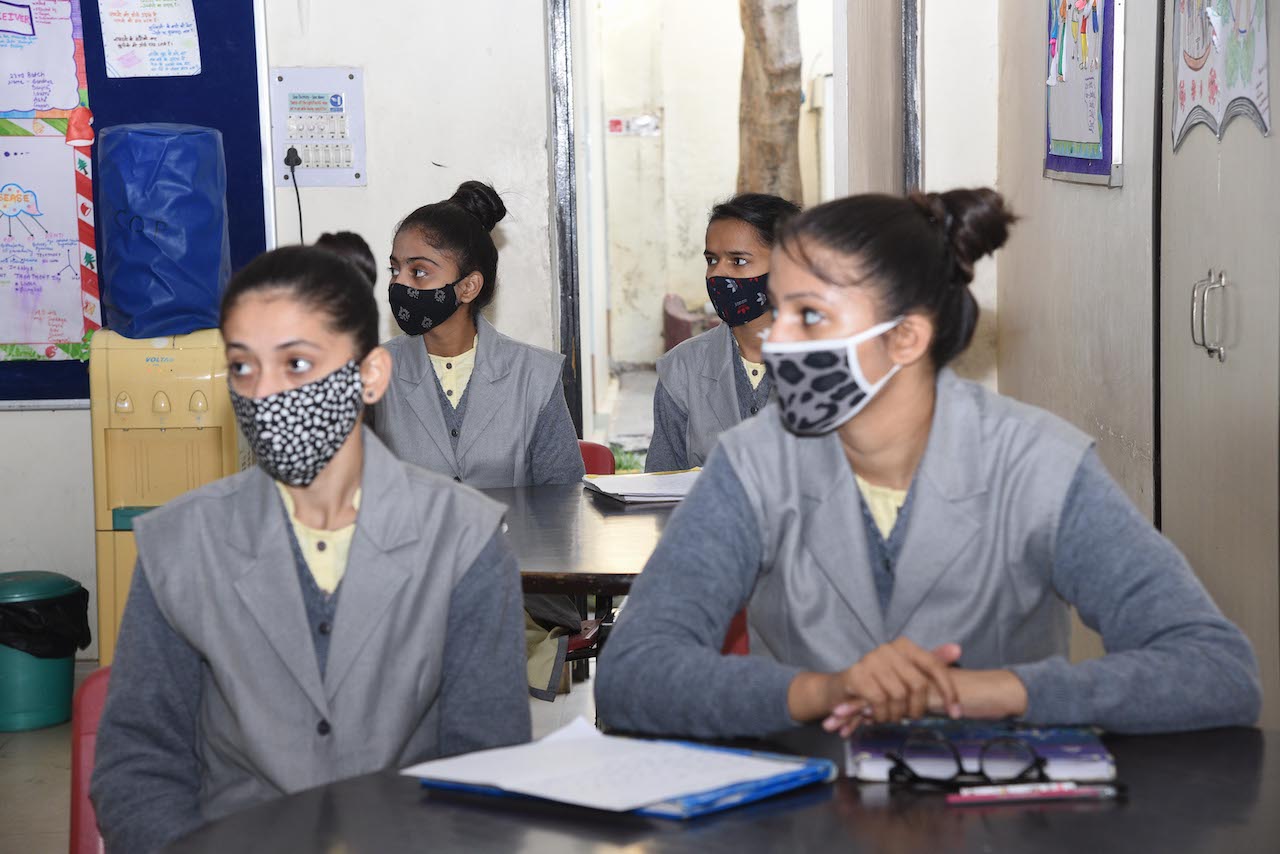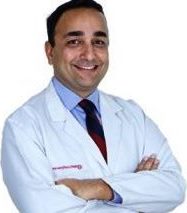The right to sight, if you think about it, is embedded within Article 21 of the Constitution of India guaranteeing one’s fundamental right to ‘life and personal liberty’. The expression ‘life’ in Article 21 means a life with dignity and not mere survival or animal existence – in essence, a life that has the means to earn a living and access to basic necessities (right to health, to a healthy environment, to shelter, to food, and suchlike).
Recognising the right to sight is integral to enabling people to live with independence and dignity. It is important to note that about 80 per cent of blindness is avoidable, that it can be prevented with timely diagnosis and treatment. Unfortunately, the treatment of avoidable blindness remains a huge gap in India’s healthcare ecosystem.
The problem
India is home to more than 20 per cent of the world’s blind. Most of these cases of blindness could have been prevented through treatment and care.
About 40 million people in India, including 1.6 million children, are blind or visually impaired due to uncorrected refractive error. Many people – and more so those from disadvantaged and impoverished communities – are unaware that this is correctable. As per World Health Organization (WHO), a vast majority of these people live in villages and smaller towns where they have minimal access to essential eye care – more than 70 per cent of ophthalmologists are in urban areas. This neglected rural lot is quite vulnerable to losing their eyesight and reports the highest number of cases of blindness as well as financial distress caused either by loss of sight or due to the cost of treatment and surgeries. Although primary eye care is within the domain of primary health centres of the government, eye health does not figure as a major vertical in these centres and one of the major reasons is the shortage of ophthalmic personnel.
Given the situation, an integrated healthcare system with cost-effective eye care is needed for the prevention and control of blindness among the underprivileged rural population.
The proposed integrated eye-care system means development of a model that addresses multiple issues including the following:
a) shortfall of qualified doctors (ophthalmologists) in suburban and rural India
b) creation of a workforce of eye-care technicians and ophthalmic paramedics
c) developing adequate infrastructure with advanced gadgets, equipment and information technology at par with the urban hospitals.
While the government of India is doing its bit (in pieces) to address these issues, there are a handful of hospitals and organisations going about filling in the vital gaps. In this context, what Dr Shroff’s Charity Eye Hospital (SCEH) has been doing over the years is not only laudable but worth emulating in its entirety. It goes without saying that scaling up their reach and capacity is extremely crucial under the circumstances.
While the SCEH model is currently active in select pockets of northern India, its impact, as well as the tried-and-tested sustainability quotient, makes it a model that needs to propagated, supported and replicated across India. Here’s our chance to increase the pace of our fight against preventable blindness and help communities get their ‘right to sight’.
SCEH’s working model – an idea and a solution
For about 107 years now, SCEH has been at the forefront of India’s fight against blindness. The organisation has been relentlessly providing ‘quality’ eye care to impoverished citizens at the bottom of the pyramid. What began as a not-quite-fancy one-room clinic in Delhi is today making eye care accessible to millions across northern India through one full-fledged eye-care institution in Delhi, 6 secondary centres in tier 2 cities, and 37 vision centres in towns.
SCEH’s success, however, is not to be measured in terms of its increased revenue or the scale of its areas of operation, but through the depth of its work in rural India – the number of people from underprivileged, poor, marginalised and other vulnerable sections of society whose lives have been transformed.

- Ophthalmologists in rural, for rural
Through its steadily expanding network of secondary/tertiary centres and vision centres, SCEH has been able to create a conducive environment for eye-care trainings and treatments in the rural. The organisation runs fellowship programmes wherein ophthalmologists are recruited and sent for trainings at their semi-urban rural facilities which mostly cater to people from rural communities. In the course of training, which goes on for about two years, the recruited fellows serve the rural population – filling a major gap in the process. In the last five years, more than 300 ophthalmologists have been recruited and trained by SCEH. - Easy access to advanced eye-care infrastructure for rural population
SCEH’s flagship institution in Delhi as well as some of its secondary centres house some of the most advanced testing and diagnostic equipment available in the world today. The flagship centre has the latest training aids such as simulators for surgeries and it also follows remote/e-learning modules for training of ophthalmologists and paramedics – these are at par with some of the best eye-care institutions globally.
As the organisation goes about expanding its presence in tier 2 cities and smaller towns to primarily cater to the rural population, it is ensuring that it takes not only its ophthalmologists to the grassroots, but also its advanced treatment, equipment and diagnostic tools.
In keeping with the times, SCEH has deployed an electronic cloud-based record-keeping system that helps in maintaining patients’ records – treatment, surgery and aftercare schedules. The system also monitors administration- and operations-related information such as indicators related to primary eye care, refraction services and surgeries. These include the number of refractions performed, number of spectacles dispensed, and number of surgeries performed as also any complications that came up and how these were resolved. The software is accessible to management in real time and ensures centralised governance and quality control across its centres.
What sounds like a selling proposition for a sophisticated hospital in a metropolis is actually the reality of a hospital in the suburbs, serving the underserved population of rural India.
- Training rural women to be ophthalmic paramedics – ensuring a dignified career within their hometown
 The education and training vertical at SCEH goes beyond facilitating expert eye care in the rural. It also trains individuals in various other streams necessary to support the steadily growing human resource needs of eye-care infrastructure in the country.
The education and training vertical at SCEH goes beyond facilitating expert eye care in the rural. It also trains individuals in various other streams necessary to support the steadily growing human resource needs of eye-care infrastructure in the country.
One of the most appreciated courses at the hospital’s training academy is the one focused on educating young women from suburban and rural backgrounds in becoming ophthalmic paramedics. Young women with minimum education qualification of senior secondary get an opportunity to build a dignified career in healthcare after completion of their course. Most of these women get to work either at the SCEH secondary centres or at the vision centres located within or around their hometowns.
The ophthalmic paramedics courses are offered for free – these are supported under the corporate social responsibility (CSR) mandate of Standard Chartered Bank. This intervention not only addresses the problem of shortfall in paramedics in the rural, but is also a solution to the larger issue of joblessness and diminishing livelihood opportunities in rural India.
Dr Umang Mathur, executive director, SCEH Over the more than 100 years of its existence, SCEH has established a successful cross-subsidy model for sustainable operations. In this, we seek support primarily for infrastructure, human resource and operations for the formative years, and thereafter we charge a nominal fee from those patients who can pay. In fact, every paid patient who gets treated at our facility is a philanthrope as they indirectly support the treatment of at least two other patients who otherwise cannot afford the same. Today, it is with a mix of pride, humility and immense gratitude that we say that in the history of SCEH, no one has ever been refused treatment for their inability to afford it.
A case to note
From eye check-up camps to a vision centre to now a full-fledged secondary centre: The story of a hospital in Alwar
SCEH had started reaching out to communities in and around Alwar, Rajasthan, through its community outreach programmes wherein they would set up camps for eye check-up and refer people who needed treatments and/or surgery to hospitals.
Realising the need for regular, systematic and institutional care – the number of cases that needed treatment, surgery and after care continued to grow – a vision centre was set up in the area which was later turned into a full-fledged secondary centre with the capacity to deal with all kinds of cataract cases. The centre also has diagnostic facilities such as visual fields, fundus fluorescein angiography, and retinal lasers. The standard clinical services are supported by regular visits of ophthalmologists across all specialities. The centre is visited by people from villages around the district of Alwar as well as neighbouring districts like Bharatpur and Dausa.
This secondary centre is supported by six vision centres spread across various points in the district as they act as the feeder centres. The majority of the support staff at the centre as well as the vision centres are locals who underwent a vision technicians’ course in primary eye care at the SCEH academy.
The Alwar centre has been following the cross-subsidy model and is self-sustaining. Team SCEH is already exploring possibilities of increasing its capacity, scaling up its ability to perform more surgeries to reduce the waiting time for people in the region.
SCEH is hoping to increase its network of vision centres and take them beyond Alwar, since the overarching objective is to make primary eye-care services accessible in remote regions. These vision centres along with the traditional camp-based model help in identifying and mobilising those in need of eye surgery.
In 1914, Dr Sorabji P Shroff, who had just returned from England after completing his Fellowship of the Royal College of Surgeons (FRCS), set up his one-room clinic in the walled city of Delhi. The uppermost thought in the 36-year-old enthusiast’s mind was to serve his impoverished countrymen, with the driving idea being ensuring ‘quality eye care for everyone’.
The clinic filled a long-felt gap for the poor and received such an overwhelming response from the community that Dr Shroff became convinced about starting a hospital. Haji Mohammed Ishaq allowed him to use one storey of his newly constructed building on Burn Bastion Road. Very soon, even this space was not enough. People from all corners of India and present-day Pakistan thronged the hospital for the free care.
As the consequence of a series of representations, in 1924 the British Administration made land available in Daryaganj. The current building of the hospital was completed in 1927 and was inaugurated on 23 March by Lady Irwin, the then vicereine of India.
As the clinic grew in popularity, prominent citizens of Delhi such as Dr MA Ansari, Hakim Ajmal Khan, Rai Bahadur Lala Sultan Singh and Shri Pyare Lal became associated with it, forming a trust in 1922 with the goal of building up a dedicated eye hospital. In 1933, the British government awarded Dr Shroff the Kaisar-i-Hind, a gold medal for philanthropy, and helped with getting the hospital equipped with amenities and equipment. Meanwhile, representatives from institutions from around the globe visited SCEH to share their insights.
